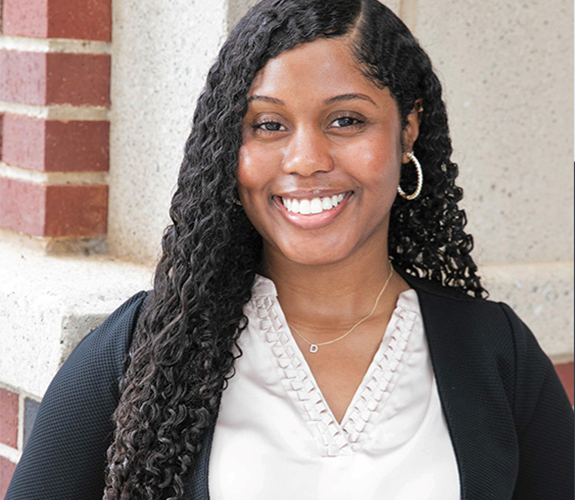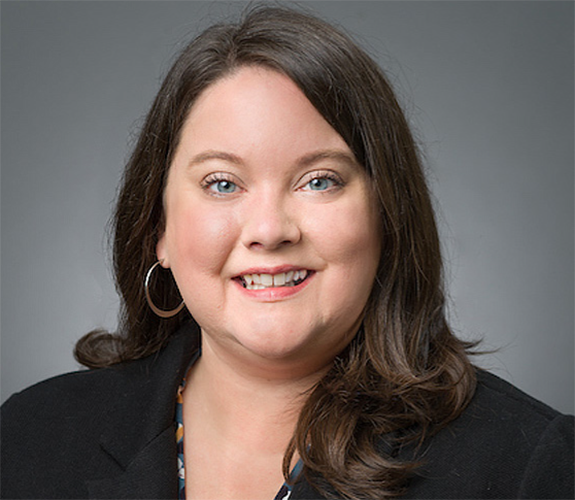When Bill Ramsay started his advisory firm over 23 years ago, it was supported by sales-based commissions, which led to a lot of advisor churn and instability. He knew he needed a more sustainable business model as his client base grew.
That meant seeking advisors with “high competence and higher expertise” and, at minimum, a Certified Financial Planner certification. It also meant eliminating commission-based pay and adopting a fee-only fiduciary model in which advisors receive a portion of the revenue of the clients they serve, with the rest going to the company.
That shift seems to have paid off, with Ramsay’s Raleigh, N.C.-based Financial Symmetry getting a spot on this year’s RIA Edge 100 list, with the group’s highest 5-year discretionary asset growth rate and no external investors or outside acquisitions. According to its founder, being 100% employee-owned by advisors and support staff is one key to the firm’s success.
“Advisors are in the strongest position to be the client’s advocate, and at the same time recognizing, as owners of the company, that the company’s got to be successful or it won’t be around to serve those clients,” Ramsay said.
The RIA’s model also aligns with spending on areas that should genuinely go toward client retention and growth.
“Both advisors and the supporting company have similar incentives,” he said. “We don’t want to spend money recklessly, but at the same time, if everybody says ‘yes, it’s good to spend the money for things that are going to help with growth,’ then both are participating in the growth of the company and sharing in those responsibilities.”
In addition, Ramsay and the team decided to create a “joint ownership” structure for clients. If an advisor leaves, they get paid for their part of the equity in the client relationship if the client stays with the firm. If the client sticks with the departing advisor, that advisor would pay the firm for the portion of ownership.
Young Owners
Advisor Darian Billingsley, a partner at Financial Symmetry, started as an advisor in 2020 and was pleased to get equity in the firm at a relatively young age.
Billingsley said it was a unique opportunity to acquire ownership without taking a loan or finding outside financing.
“You could work for a place for many years and feel like you contributed and helped revenue go up, but to say, ‘I’ve got a slice of the pie,’ was a really cool thing,” she said. “It was encouraging, but it was also very supportive of the work that I was doing and my contributions to the team.”
Billingsley started at the firm as an intern and was later hired full-time as a client service associate. After a couple of years, Financial Symmetry paid for her to get a CFP designation, which led her to become a financial advisor. She eventually worked with clients on her own and earned the equity stake.

Darian Billingsley started as an intern and later earned an equity stake in the firm.
However, while compensation and operations have contributed to growing the firm to over $1 billion (in both discretionary and non-discretionary assets), Ramsay said they are not everything.
“Structure is important because incentives matter,” Ramsay said. “But ultimately, it comes down to people. It takes a team if you’re going to grow. No person or individual can do it all. That’s how we’ve approached hiring people and allowing them to grow. I think that is important.”
Ramsay attributes some employee success to an internship program that has been running inside the firm for 25 years. Financial Symmetry has had 114 interns since then, and 10 out of 12 current shareholders started in the program.
He said the secret to developing home-grown advisors is to give them a variety of tasks so they don’t get worn down or burnt out and start looking for other jobs. Another is giving the interns permission to raise concerns about the company’s processes and systems.
“If you put a smart intern in front of your systems, and you tell them what the goal is, and they start to do it and they’re lost, it tells you where the weak points are in your systems,” he said.
One of those former interns is Chief Operations Officer Heather Gudac, who almost turned down a job offer from Ramsay but felt “something was pulling me to be here.” In 2008, intending to get a CFP and become an advisor, she took a job in operations. But the focus area ended up sticking.
“I thought somebody had to steer the ship,” she said of her decision to focus on operations. “If everyone goes through our firm and becomes an advisor, who will hire the next person, and train them?”
Creating a Blueprint
Gudac said everything was on paper when she started, and there were few regular workflow processes. She realized there was an opportunity to create those systems and eventually got the chief operations officer position to spearhead and implement the work.
“There’s no blueprint for how somebody’s supposed to build an RIA firm,” she said. “What happens when you are past the founder and those first two or three employees? There’s not a blueprint unless somebody comes in and acquires you, so we’ve been doing it on our own ever since.”
She said the firm tailors its workflows, checklists and software around the needs of advisors and clients, and relies on feedback from each stakeholder to guide the process.

Heather Gudac intended to become an advisor, but took a job in operations to start, and it stuck.
“We actually have a software development group within our firm that helps us make live changes and get feedback from clients and our internal team to make everything run a bit smoother,” she said. “It’s got some challenges, though, because we’re kind of beholden to their availability and time, but we’ve built the structure that works for us.”
Billingsley said many of the firms she interviewed with when she first looked for an internship were large insurance companies where she’d “have to sell.” Financial Symmetry’s fee-only financial planning model attracted her because the work focused on client outcomes, not selling investment products.
“I was interested in taking the things I learned at school to try and help people,” she said.
Ramsay said Financial Symmetry has not yet had any advisors leave. But he does get calls from private equity firms looking to invest in the company. His standard response is, “We don’t need the money.” Thanks to the self-funded equity program, the firm has an internal succession plan. Ramsay owns just 22% of the firm and about 13% of the client equity.
“What I tell folks who call,” Ramsay added, “is to show us how you would improve our service to our clients. If you’re doing some things better for your clients than we’re doing for our clients. You show us those, and then we can talk.”
Ramsay said that scale should provide opportunities—in theory. But in reality, many deals are done because owners have so much equity in the company that they don’t know how to create a succession plan without selling. The rocketing valuations of RIAs mean buying equity in the firm from first-generation owners can be unaffordable.
At Financial Symmetry, employees buy in through structured notes, which Ramsay said allows them to use the profits from the stock to keep paying on the notes.
“What I tell them is, why would we want somebody else to own this high-returning equity?” he said. “Why don’t we keep it for ourselves?”
They keep that structure, he said, so the “owners don’t lose sight of why we are here.”
#RIA #Edge #Financial #Symmetrys #HomeGrown #Growth